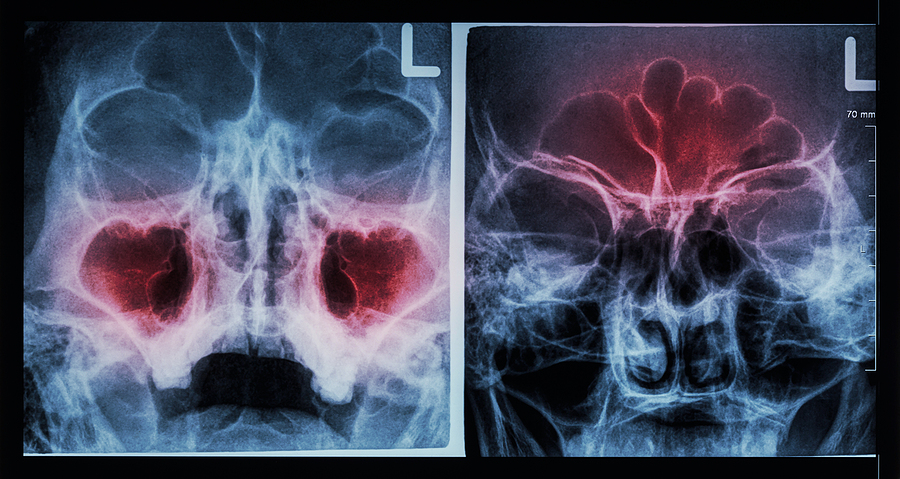When it comes to FAA medical certification, certain medical conditions can pose too great a risk to aviation safety. These are known as disqualifying medical conditions — diagnoses or unexplained symptoms that the Federal Aviation Administration has determined may impair a pilot’s ability to operate an aircraft safely. If you’re unfamiliar with the broad scope of these, start with our Introduction to Disqualifying Conditions to get the full picture.
In this article, we’re focusing on a particularly nuanced yet critical category: transient loss of control of the nervous system without satisfactory explanation.
What Does the FAA Mean by “Transient Loss of Nervous System Control”?
This phrase refers to any temporary dysfunction of the brain or nervous system that leads to impaired control of the body or cognitive processes. The concern here isn’t just the event itself — it’s the potential recurrence and the unknown underlying cause. From the FAA’s perspective, an unexplained event could signal a deeper issue that hasn’t yet been diagnosed and might emerge again — potentially at 5,000 feet.
It’s not the event alone that’s disqualifying. It’s the “without satisfactory explanation” part that’s key.
Why the FAA Takes This So Seriously
The FAA’s job is to protect public safety, and that includes preventing any medical situation that could cause a sudden or subtle loss of control in the cockpit. Aviation environments demand precise motor control, situational awareness, and cognitive sharpness. If a pilot has experienced a sudden neurological event that remains medically unexplained, the FAA will assume — until proven otherwise — that the risk of recurrence is unacceptably high.
These unexplained events are red flags because they might be the first sign of a progressive or serious neurological condition, like epilepsy, multiple sclerosis (MS), or a transient ischemic attack (TIA). Without clear answers, the worst must be assumed.
Example: Benign Paroxysmal Positional Vertigo (BPPV)
Let’s dig into a real-world example that many pilots can relate to.
Benign Paroxysmal Positional Vertigo (BPPV) is a condition where tiny calcium crystals in the inner ear dislodge and interfere with the vestibular system — the part of your body responsible for balance and spatial orientation.
During an episode of BPPV, the vestibular system sends incorrect signals to your brain, creating a mismatch between what you see and what your body perceives. The result: sudden, intense vertigo — a spinning sensation that can make it impossible to maintain equilibrium or function normally.
Is that a transient loss of nervous system control? Absolutely. But here’s the key: BPPV has a known, well-understood mechanism, is often self-limiting, and is not typically recurrent when properly treated. That makes it a satisfactorily explained event, and thus not automatically disqualifying.
If you’re experiencing an active BPPV episode, yes — self-grounding is a must. But once diagnosed and treated, and once symptom-free, most pilots can return to flying and report it at the next exam, ideally showing good documentation so as not to concern the AME.
What If There Is No Satisfactory Explanation?
That’s where things get more complicated — and more serious.
Let’s say a pilot experiences sudden vertigo, a syncopal (fainting) episode, or temporary limb weakness, and no diagnosis is found after evaluation. That unexplained event could be:
- The first warning sign of multiple sclerosis
- An early, undetected seizure
- A Transient Ischemic Account (mini-stroke) that escaped imaging
- Or another neurological disorder that hasn’t yet declared itself
In these cases, the FAA typically requires a minimum two-year observation period before reconsidering certification — assuming no recurrence and no further concerning findings.
Until then, the event remains a medically disqualifying condition, due solely to the fact that it lacks a satisfactory explanation.
What Should Pilots Do?
If you’ve experienced any unexplained neurological event, your first responsibility is to self-ground immediately. Flying without knowing the cause is not only dangerous — it could also jeopardize your certification if it leads to an accident or incident.
Here’s what you need to do:
- See your treating physician and undergo a thorough medical workup.
- Get documentation of all evaluations, including imaging, labs, specialist opinions, and final conclusions.
- Establish a diagnosis, if possible — the more precise and confidently supported, the better.
- Consult with an aviation medicine expert to determine how the FAA will view the situation.
If you’re dealing with something straightforward like BPPV, the process can be relatively quick and direct. But if there’s no cause found, be prepared for a longer process, possible deferral, and the need for prolonged monitoring.
Know What You’re Dealing With
The bottom line is this: A diagnosis is your ticket back to the cockpit. It might be good news (like BPPV), or it might require time and more testing — but flying without a clear answer is not worth the risk.
If you’re unsure how to proceed, we can help. Wingman Med offers a free consultation to help you interpret your medical event, understand the FAA’s stance, and outline your next steps.





